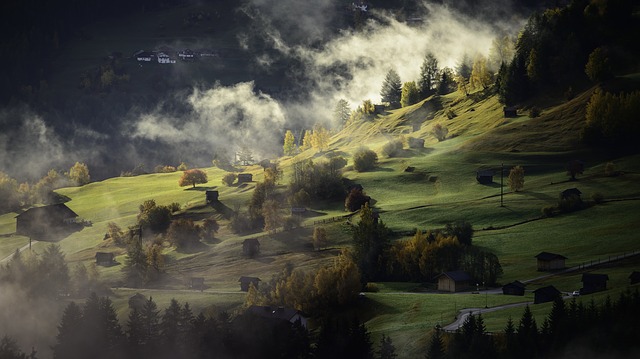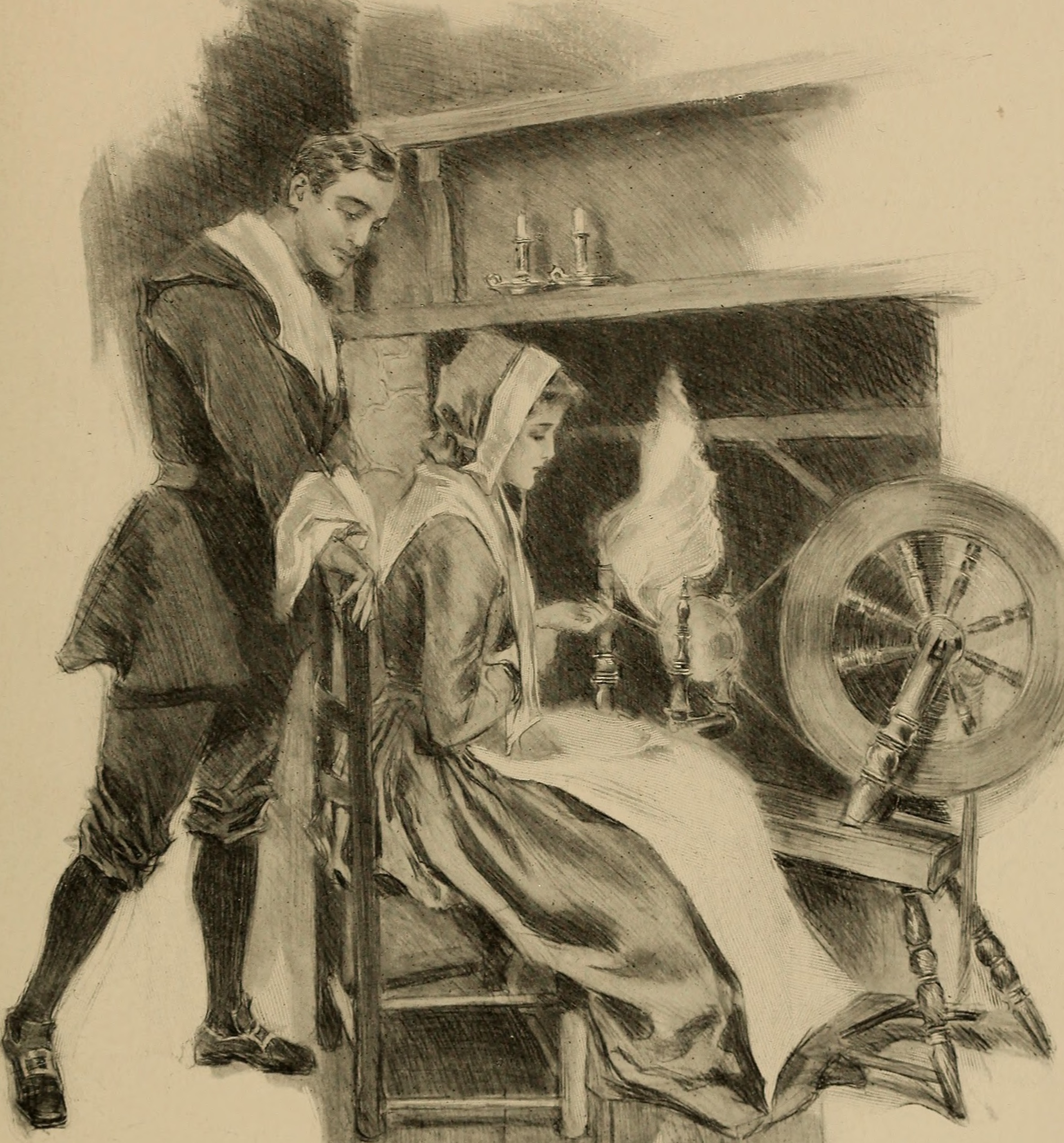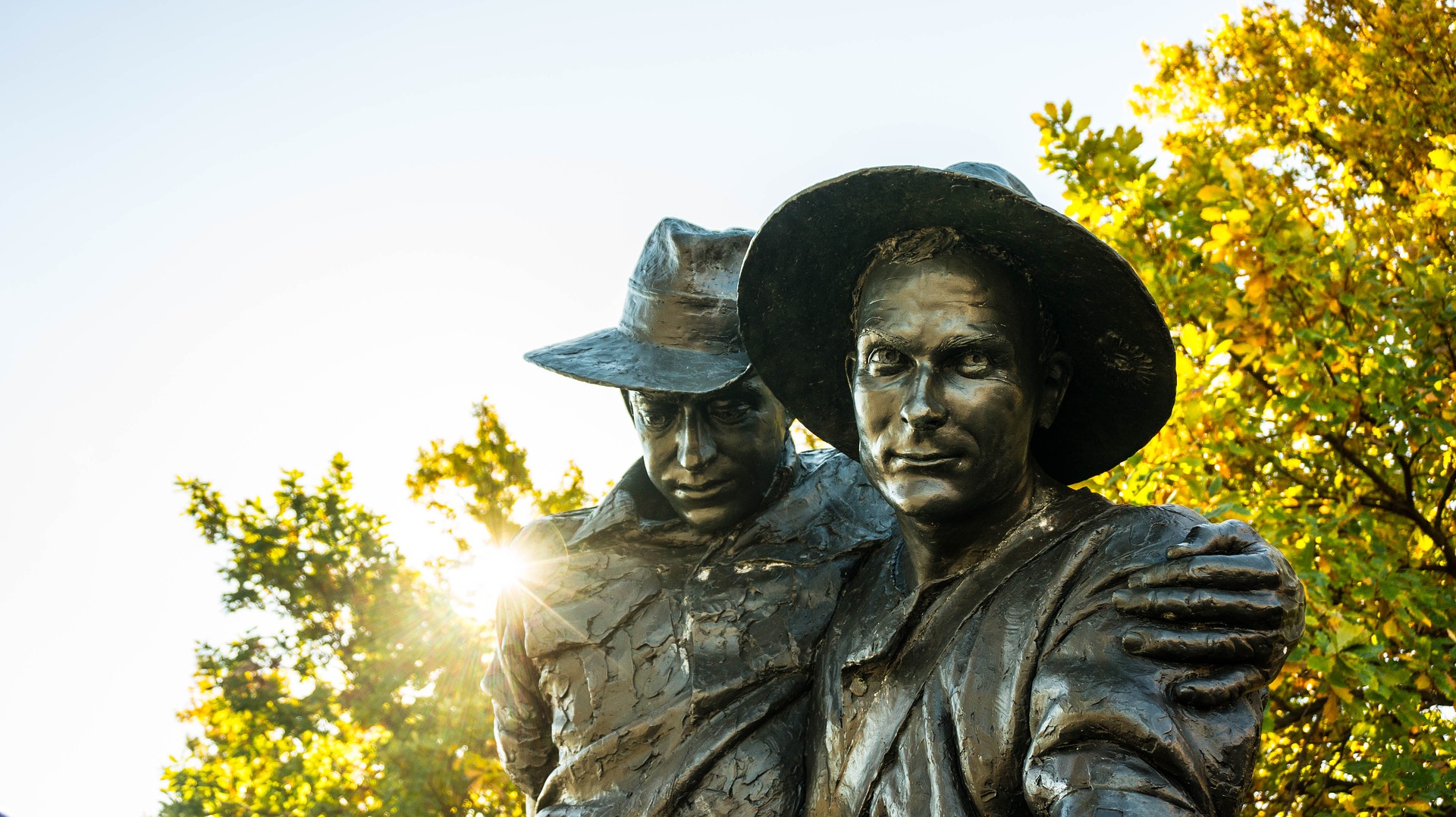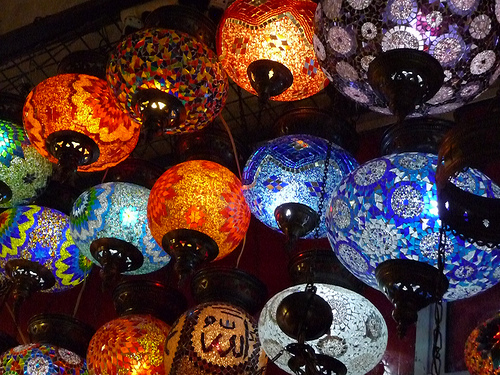This article provides ‘The Slave’s Dream’: summary was written by H.W. Longfellow and is specially meant to help students understand the poem’s implication.
The Slave’s Dream: Summary
H.W. Longfellow’s Poems on Slavery are said to be “so mild that even a Slaveholder might read them without losing his appetite for breakfast.” The Slave’s Dream is about a series of dreams of a victim of slavery during the 19th century.
“Besides the ungathered rice, he lay,
His sickle in his hand;
His breast was bare, his matted hair
It was buried in the sand.
Again, in the mist and shadow of sleep,
He saw his Native Land.”
The physical image of a slave is portrayed in the first stanza of the poem. He is tired from all the work that he has to do in the fields and falls asleep. This last dreaming slumber gives way to a series of aneurysms that reflect his waking life’s desires.
The phrases “ungathered rice” and “sickle in his hand” indicate that his assigned task is left incomplete by him due to his immense fatigue. His bare breast represents the barrenness of his life as a slave, and his matted hair “buried” in the sand symbolizes Death slowly creeping over his exhausted body. As he sleeps, he sees his once again “Native Land” in his dream.
“Wide through the landscape of his dreams
The lordly Niger flowed;
Beneath the palm trees on the plain
Once more a king, he strode;
And heard the tinkling caravans
Descend the mountain road.”
From the second stanza onwards, his dream is described vividly by the poet. We come to know from the phrase “lordly Niger” that his native land was Africa. “Once more a king he strode” makes us guess that perhaps he was the King of a tribe of his land. In his sleep, he once again relives the days of his freedom, and he almost hears the “tinkling caravans/Descends the mountain road.”
“He saw once more his dark-eyed queen
Among her children stand;
They clasped his neck; they kissed his cheeks,
They held him by the hand!—
A tear burst from the sleeper’s lids
And fell into the sand.”
The third stanza introduces us to his family. He misses his “dark-eyed queen” and his children. He dreams of how they would clasp his neck, kiss his cheeks and hold him by his hand. Such is the intensity of his dream that he cries in his sleep and futile teardrops onto the sand and is absorbed.
“And then, at furious speed, he rode
Along the Niger’s bank;
His bridle reins were golden chains,
And, with a martial clank,
At each leap, he could feel his scabbard of steel
Smiting his stallion’s flank.”
In the fourth stanza, we see how he perceives his life as a free man. He sees himself riding a horse at a “furious speed,” with golden chains as bridle reins and warrior-like; he smites his sword on his stallion’s flanks.
“Before him, like a blood-red flag,
The bright flamingoes flew;
From morn till night, he followed their flight,
O’er plains where the tamarind grew,
Till he saw the roofs of Caffre huts,
And the ocean rose to view.”
The fifth stanza is a continuation of the fourth as he sees himself following the flight of flamingos over the plains where tamarind was grown. He recalls the “coffee huts” and the ocean through his subconscious.
“At night, he heard the lion roar,
And the hyena scream,
And the river horse, as he crushed the reeds
Besides some hidden streams;
And it passed, like a glorious roll of drums,
Through the triumph of his dream.”
Then in the sixth stanza, he dreams sequentially of the lion’s roar and the hyena’s scream and pictures himself crushing reeds, listening to the river horse making a sound “like a glorious roll of drums” as it passes. His dream is triumphant as it successfully gives him a sense of freedom and happiness.
“The forests, with their myriad tongues,
Shouted of liberty;
And the Blast of the Desert cried aloud,
With a voice so wild and free,
That he started in his sleep and smiled
At their tempestuous glee.”
The seventh stanza once again portrays how the forests of his mind, with their “myriad tongues,” shout out his soul’s desire — liberty. The cry of the turbulent “blast of the desert” echoes through his being, making him start with a smile in his sleep.
“He did not feel the driver’s whip,
Nor the burning heat of the day;
For Death had illumined the Land of Sleep,
And his lifeless body lay
A worn-out fetter that the soul
Had broken and thrown away!”
In the eighth stanza, the poet returns to the physical condition of the slave, who now lies numb and senseless in his Death, not feeling the “driver’s whip” or the “burning heat of the day.” Through his Death, his soul has broken the fetters of his body and attained freedom.
Throughout the poem, the poet uses graphic images — visual, auditory, and tactile, efficiently describing the slave’s picturesque “native land” and creating an atmosphere of pathos full of impact. The slave is symbolically liberated from the tyranny of slavedom in his dream and finally by Death. In the end, the poem evokes mixed reactions. We feel both happy and sad for the slave as his soul transcends misery and attains freedom through his demise. Though not accessible in real life, his last slumber and the visions of space that are conjured show that on the level of consciousness, at least, he conquered his bondsman existence.
Updated by Anjali Roongta on 14th April 2023
Some online learning platforms provide certifications, while others are designed to simply grow your skills in your personal and professional life. Including Masterclass and Coursera, here are our recommendations for the best online learning platforms you can sign up for today.
The 7 Best Online Learning Platforms of 2022
- Best Overall: Coursera
- Best for Niche Topics: Udemy
- Best for Creative Fields: Skillshare
- Best for Celebrity Lessons: MasterClass
- Best for STEM: EdX
- Best for Career Building: Udacity
- Best for Data Learning: Pluralsight

















Nice!!!but need’s to explain
Hey I used this as a template and gave you credit is that okay?
It’s a nice one
Thank you so much this has helped heaps with my personal response standard